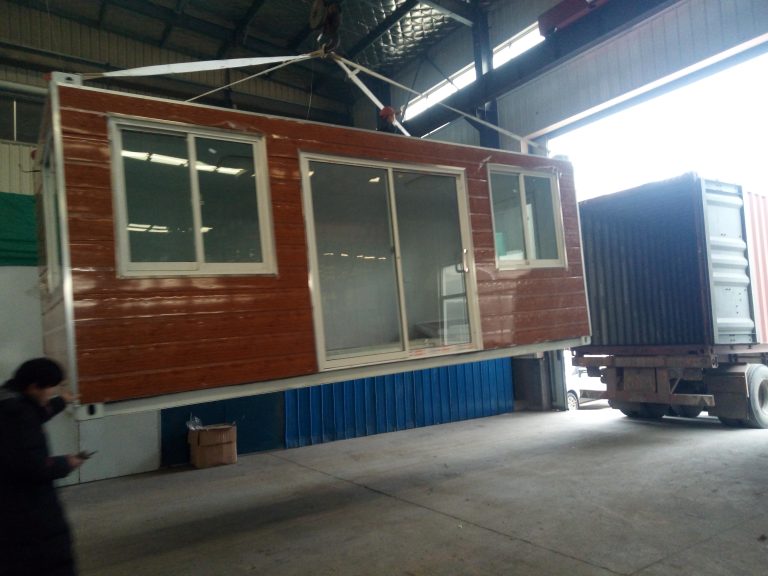How can the combination of light harvesting panels and solar photovoltaic power generation systems improve the self-sufficiency of buildings?
Benefits of Integrating Light Harvesting Panels and Solar Photovoltaic Systems in Buildings
The integration of light harvesting panels and solar photovoltaic power generation systems in buildings has the potential to significantly improve their self-sufficiency. By combining these two technologies, buildings can harness both natural light and solar energy to reduce their reliance on traditional energy sources. This not only helps to lower energy costs but also reduces the carbon footprint of the building, making it more environmentally friendly.
One of the key benefits of integrating light harvesting panels and solar photovoltaic systems is the increased energy efficiency of the building. Light harvesting panels are designed to capture and redirect natural light into the building, reducing the need for artificial lighting during the day. This not only saves energy but also creates a more comfortable and productive indoor environment for occupants. When combined with solar photovoltaic systems, which convert sunlight into electricity, buildings can generate their own clean and renewable energy to power their operations.
Another advantage of combining light harvesting panels and solar photovoltaic systems is the potential for energy savings. By using natural light and solar energy to supplement or replace traditional energy sources, buildings can significantly reduce their electricity consumption. This can lead to lower utility bills and a more sustainable energy usage pattern. In addition, buildings with integrated light harvesting panels and solar photovoltaic systems may be eligible for government incentives or rebates for using renewable energy sources, further reducing operating costs.
Furthermore, the integration of light harvesting panels and solar photovoltaic systems can enhance the overall sustainability of buildings. By reducing energy consumption and reliance on fossil fuels, buildings can lower their carbon emissions and contribute to a cleaner environment. This is particularly important in the face of climate change and the need to transition to more sustainable energy sources. Buildings that prioritize sustainability through the use of light harvesting panels and solar photovoltaic systems can serve as models for others in the industry to follow.

In addition to the environmental benefits, integrating light harvesting panels and solar photovoltaic systems can also improve the resilience of buildings. By generating their own electricity and reducing their dependence on the grid, buildings can better withstand power outages or disruptions. This is especially important in areas prone to extreme weather events or other emergencies. Buildings equipped with renewable energy systems are better equipped to maintain essential services and operations during times of crisis.
Overall, the combination of light harvesting panels and solar photovoltaic power generation systems offers numerous benefits for buildings looking to improve their self-sufficiency. From increased energy efficiency and cost savings to enhanced sustainability and resilience, these technologies can help buildings reduce their environmental impact and become more self-reliant. As the demand for clean and renewable energy sources continues to grow, integrating light harvesting panels and solar photovoltaic systems in buildings will play a crucial role in shaping the future of sustainable construction and design.






